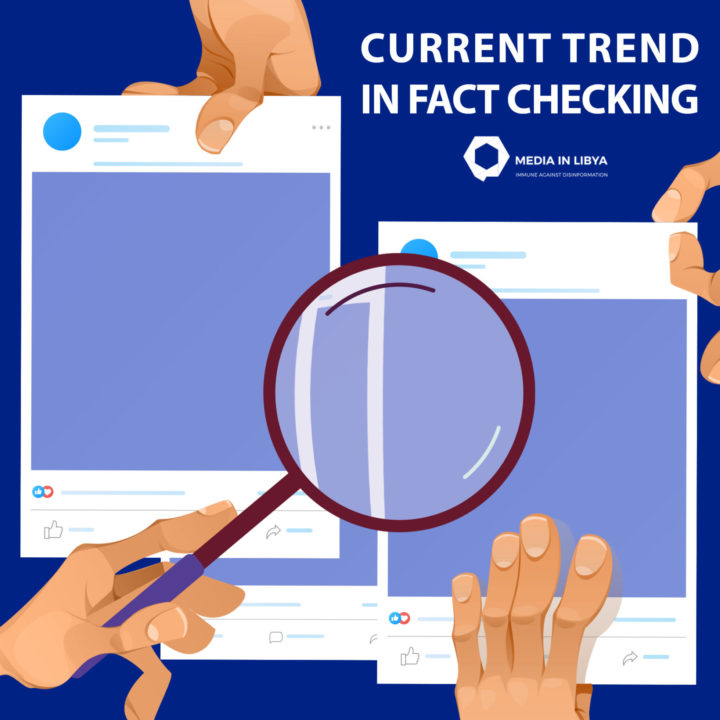Current trends in Fact Checking
When it comes to describe the work of fact checking I like the picture of a crime scene: detectives in white paper suits taking a closer look at the scene. They have a structured – a forensic – approach when they start their work. In forensics it is called „the first attack“ when somebody investigates a new crime scene: the structured and standardized procedure in how to handle the crime scene. Laying down little, numbered badges, putting avidences in plastic bags, etc.
When it comes to journalistic fact checking, we see this behaviour more and more when it comes tot he question: Is this photo / video, that has been shared on Social Media really true?
Fact checking has become an increasingly important aspect of journalism and the media landscape in recent years. The rise of fake news, misinformation, and disinformation has led to a greater need for fact checking to ensure that the public is receiving accurate and reliable information.
This is one of the biggest trends we have seen in the last two years: fact checking is not a thing for computer geeks anymore, but becomes more and more professional and starts to come up with standards. Many fact checking organizations now have dedicated staff and budgets, and they are working to establish standards and best practices for the industry. This has helped to improve the quality and reliability of fact checking. Big Social Media and Online Organizations like Twitter, Meta and Google started to fund fact checkers and tackle the growing issue of disinformation. So there are more and more possibilities for journalists, who know how to fact check information, to do their work.
Fact checking has expanded beyond traditional news sources. In the past, fact checking was primarily focused on verifying the accuracy of claims made by politicians and public figures in the media. However, in recent years, fact checking has also been applied to social media, online news websites, and even personal blogs, as these platforms have become major sources of information for many people. This expansion has led to the creation of new fact checking organizations, as well as the development of new tools and resources to help fact checkers verify claims made on these platforms.
A study by the International Fact-Checking Network at the Poynter Institute finds, that four years ago, in 2018, nearly 65 per cent of organizations engaged in fact checking did this as „non-profit organizations“. Only 28 per cent investigated fake news as a for-profit outlet. This number grew to 44 per cent in 2021. Also the means for publications changed a lot. 2018 almost 100 per cent of the fact checking happened online. Nowadays fact checks are published to 20 – 25 per cent in newspapers and on TV as well. This means fact checking becomes an important part of the journalistic tool kit and audiences are looking actively for fact checks.
Another trend in fact checking is the increased use of technology and automation. With the proliferation of online news and social media, there is an overwhelming amount of information being shared, making it difficult for fact checkers to manually verify every claim. To address this issue, some fact checking organizations have turned to artificial intelligence and machine learning algorithms to help identify and flag potentially false or misleading information. These algorithms can analyze text, images, and video to help identify patterns and indicators of misinformation, which can then be reviewed by human fact checkers for further verification.
With greater range comes greater responsibility. That’s why we see a growing recognition of the importance of transparency and accountability. Many fact checking organizations have established protocols and standards for their fact checking processes, including disclosing their sources and methods, to ensure that their fact checking is fair and unbiased. Additionally, there has been a push for greater transparency in the way that social media platforms and other online platforms handle misinformation and disinformation. This includes efforts to label or mark false or misleading content, as well as efforts to provide more context and explanation for why certain content is being flagged.
As the need for accurate and reliable information continues to grow, it is likely that these trends will continue to evolve and shape the way that fact checking is done.

